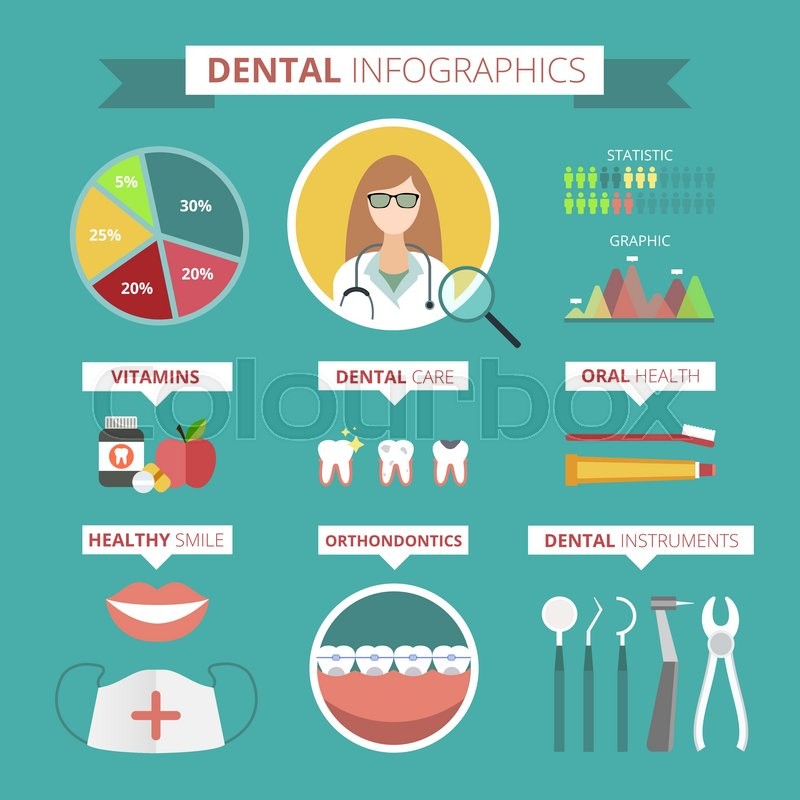The Development Of Dental Surgery: Introducing Advancements And Proceeds Defining The Area
The Development Of Dental Surgery: Introducing Advancements And Proceeds Defining The Area
Blog Article
Content Create By-Demir Dowd
Invite to the globe of dental surgery, where technologies and advances are forming the future of the field! In this interesting world, you'll witness the transformative power of robotics, the sophisticated marvel of 3D printing, and the game-changing influence of minimally invasive strategies.
https://www.healthline.com/health/wisdom-teeth-stitches of oral surgery holds an assurance of precision, performance, and enhanced patient end results. With the help of innovative robotics, specialists have the ability to execute complex treatments with higher accuracy and control.
3D printing technology is transforming the creation of oral implants and prosthetics, offering customized remedies that fit seamlessly right into each client's one-of-a-kind makeup.
In addition, minimally invasive methods are reducing post-operative pain and recuperation time, enabling patients to return to their every day lives earlier.
Prepare to check out the exciting innovations and advancements that are reshaping the landscape of dental surgery!
Developments in Robotics
One major improvement in dental surgery is the use of robotic modern technology, which enables accurate and efficient surgeries. With the help of robotic systems, dental cosmetic surgeons have the capability to execute complex surgical procedures with improved precision, decreasing the risk of human error.
These robot systems are equipped with sophisticated imaging innovation and accurate instruments that make it possible for surgeons to browse via elaborate anatomical frameworks with ease. By using robot modern technology, specialists can achieve higher medical precision, resulting in enhanced individual results and faster recuperation times.
Furthermore, https://howmuchdentalimplantscost06173.blazingblog.com/33060956/consuming-after-getting-dental-implants-foods-to-avoid-and-appreciate of robotics in dental surgery enables minimally intrusive procedures, minimizing the trauma to bordering tissues and advertising faster healing.
3D Printing in Oral Surgery
To improve the area of dental surgery, you can explore the subtopic of 3D printing in oral surgery. This ingenious modern technology has the prospective to transform the means dental doctors run and treat people. Right here are four crucial methods which 3D printing is shaping the field:
- ** Customized Surgical Guides **: 3D printing permits the production of very exact and patient-specific medical guides, improving the precision and efficiency of procedures.
- ** Implant Prosthetics **: With 3D printing, oral cosmetic surgeons can create customized dental implant prosthetics that perfectly fit an individual's one-of-a-kind makeup, resulting in better outcomes and individual contentment.
- ** Bone Grafting **: 3D printing makes it possible for the manufacturing of patient-specific bone grafts, reducing the requirement for typical grafting techniques and enhancing recovery and healing time.
- ** Education and learning and Educating **: 3D printing can be made use of to produce reasonable surgical versions for educational purposes, permitting oral doctors to practice intricate procedures prior to executing them on people.
With its potential to enhance accuracy, customization, and training, 3D printing is an interesting advancement in the field of dental surgery.
Minimally Intrusive Methods
To better progress the area of dental surgery, welcome the capacity of minimally intrusive strategies that can substantially benefit both doctors and people alike.
Minimally intrusive methods are reinventing the area by decreasing medical injury, decreasing post-operative pain, and increasing the healing process. These techniques include making use of smaller lacerations and specialized tools to execute treatments with accuracy and effectiveness.
By utilizing advanced imaging modern technology, such as cone light beam computed tomography (CBCT), doctors can precisely plan and perform surgical treatments with marginal invasiveness.
Furthermore, making use of lasers in dental surgery permits specific tissue cutting and coagulation, resulting in minimized blood loss and lowered healing time.
With minimally intrusive techniques, clients can experience quicker recuperation, minimized scarring, and enhanced end results, making it an important element of the future of dental surgery.
Verdict
So, as you can see, the future of dental surgery is incredibly appealing, with amazing innovations and developments forming the area.
From the advancements in robotics to making use of 3D printing and minimally intrusive methods, oral surgeons are revolutionizing the way they offer care.
While some might bother with the prospective price related to these improvements, it's important to remember that these modern technologies inevitably enhance client results and reduce recovery time, making them well worth the investment in the future.
